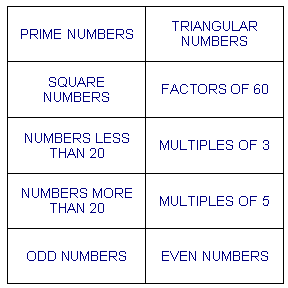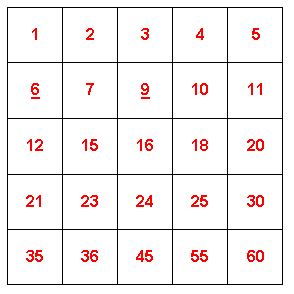When possible, I like to design an exploration activity for the first day of each new unit. The purpose of these explorations is to help students activate their prior knowledge about the topic and also help them build on that prior knowledge with hands on and engaging activities. Below are the instructions for the seven stations that I came up with for our next unit on percent. Here is the link to the document I created for students to record their work at each station: Percent Exploration Stations
1. Basketball: Shoot a basketball ten times.
a) How many times did you make the basket?
b) What percent of your shots did you make?
c) What percent of your shots did you miss?
1. Basketball: Shoot a basketball ten times.
a) How many times did you make the basket?
b) What percent of your shots did you make?
c) What percent of your shots did you miss?
2. Percent Fail: Look at the posters and explain why the percents used in three of the posters are incorrect. Link to the hundreds of Mail Fail images
3. Pom Pom Draw: Without looking in the bag, randomly select 10 colored pom poms from the bag and record your results. Replace the pom poms in the bag each time before you select another pom pom (with replacement).
Red Blue
a) What fraction of the pom poms that you selected are red?
b) What fraction of the pom poms that you selected are blue?
c) What percent of the pom poms that you selected are red?
d)What percent of the pom poms that you selected are blue?
Now take out all of the pom poms from the bag.
e) What percent of all the pom poms are red?
f) What percent of all the pom poms are blue?
g) Are the percents in c) and e) the same? Why or why not?
4. Go Fish: Play Go Fish with your partner. You are trying to get sets of four cards where each set has a fraction, decimal, percent and area model that all the the same value. Record below the sets that both you and your partner find during the game. If you found the set, write your initials in that row in the table below.

Use the link posted on Google Classroom to practice finding the amount represented by each given percent. See how close you can get to the exact value. Record your guesses, actual values and the how close you got to the actual percent below and circle your best guess!
 |
6. Tarsia Puzzle: Work with your partner to put together the triangle pieces to form a hexagon. Find equal values on the sides of two triangles and place them together. Here is the link to the creators of this Tarsia puzzle and free downloads.
7. Desmos Card Sort: Fractions, Decimals, and Percents: Go to student.desmos.com and type in the class code:
Drag the cards that the same value together to make sets--each set has four cards.






























